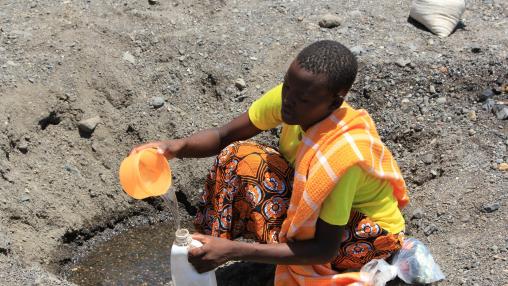
Food and Nutrition Crises Burgeon in Face of Conflict, Funding Cuts: GRFC Mid-Year Update Released
Hunger and food crisis have reached catastrophic levels in multiple places around the world, according to the Global Report on Food Crises Mid-Year Update. Famine has been confirmed in the Gaza Strip and the Sudan, with parts of South Sudan at risk of famine and Yemen, Haiti, and Mali experiencing catastrophic levels of hunger.
In all, 1.4 million people faced IPC Level 5 (Catastrophe) food insecurity and hunger as of August 2025.
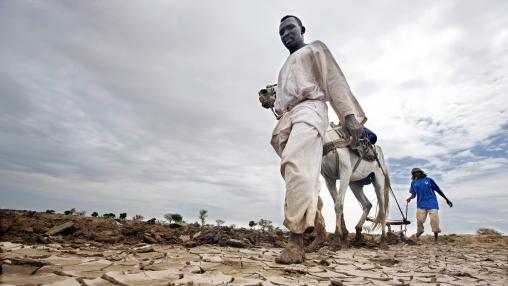
Acute Food Insecurity Continues to Rise throughout Africa South of the Sahara: Global Report on Food Crises Released
Conflict, extreme weather events, and economic shocks led to worsening food security outcomes throughout much of Africa south of the Sahara in 2024, according to the recently released 2025 Global Report on Food Crises. While a number of countries saw improvements in their levels of acute food insecurity, all regions saw an overall increase in the number of acute food-insecure people.
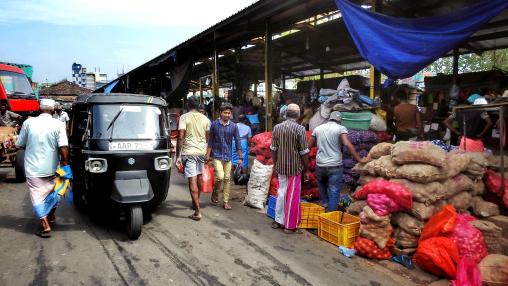
Rising food insecurity, waning humanitarian assistance: 2025 Global Report on Food Crises released
The world faced a stark inflection point in 2024, as the continued rise in the number of people facing crisis-to-catastrophic levels of acute food insecurity meets sharp reductions in funding for humanitarian assistance. The 2025 Global Report on Food Crises (GRFC), released today, reports that 295.3 million people across 53 countries/territories faced acute food insecurity in 2024. This represents a tripling of the number of people facing acute hunger since 2016 and a doubling since 2020 (Figure 1).
Figure 1
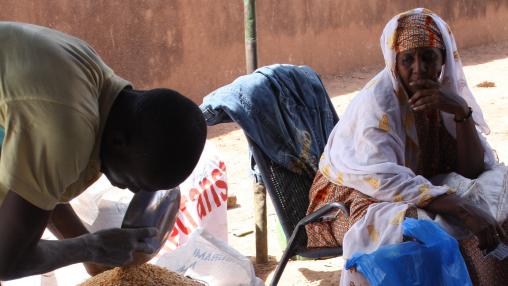
SSA Continues to Face Increasing Acute Food Insecurity: 2024 GRFC Mid-Year Update Released
Africa south of the Sahara has continued to face alarmingly high levels of acute food insecurity in 2024, according to the Global Report on Food Crises (GRFC) Mid-Year Update. This includes populations in IPC Phase 5 (Catastrophe) food insecurity in Sudan, South Sudan, and Mali, with famine plausible in some areas of Sudan.
As in previous years and reported in the April release of the GRFC, conflict, extreme weather events, economic shocks, and forced displacement of large populations have driven worsening food and nutrition security outcomes across the continent.

Acute Food Insecurity Remains Alarmingly High in SSA: Global Report on Food Crises Released
Despite some marginal improvements at the country level, Africa south of the Sahara remains mired in acute food insecurity and escalating food crises, according to the 2024 Global Report on Food Crisis (GRFC). Conflict, extreme weather events, economic shocks, and forced displacement continue to drive up rates of food insecurity and malnutrition throughout the region, with the outlook for 2024 equally grim.
Central and Southern Africa
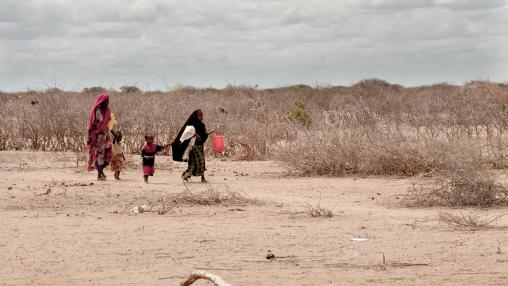
Global Report on Food Crises Midyear Update: SSA Continues to Grapple with High Levels of Acute Food Insecurity
While some countries in Africa South of the Sahara have seen improvements in food security in 2023, the region as a whole continues to be plagued by food crises, according to the Global Report on Food Crises (GRFC) 2023 Midyear Update. East Africa has been the hardest hit, with nearly 65 million people in the region having experienced high levels of acute food insecurity in the first half of 2023, up 8 million from 2022.
Global Report on Food Crises 2023 (mid-year update)
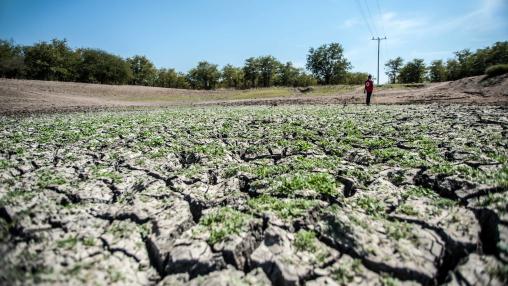
Acute Food Insecurity Rampant in Africa South of the Sahara: GRFC Released
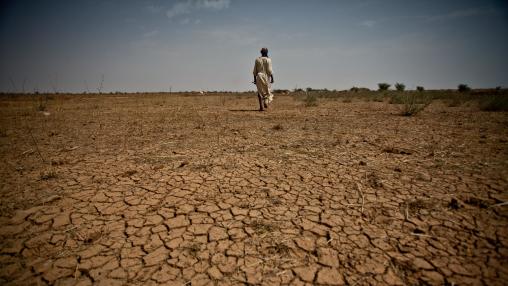
More than 205 Million People Facing Acute Food Insecurity: GRFC Mid Year Update Released
For the fourth consecutive year, global acute food insecurity rose in 2022. As many as 205.1 million people across 45 countries and territories are in IPC Phase 3 (Crisis) or higher food insecurity as of September 2022, according to the Global Report on Food Crisis Mid-Year Update. That represents an increase of 29.5 million people from 2021.
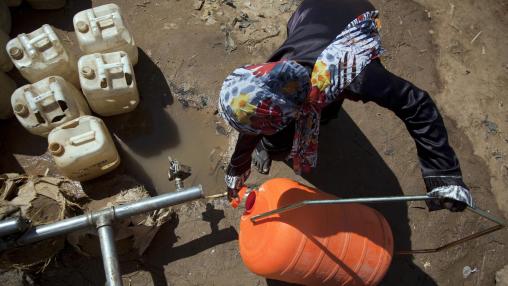
Global Food Insecurity Hits All-Time High: 2022 Global Report on Food Crises Released
In many places around the world, hunger is worse than ever before.
That’s the message of the 2022 Global Report on Food Crises (GRFC), released this week. The report paints a grim picture of global food security. Almost 193 million people across 53 countries/territories were acutely food insecure in 2021, up nearly 40 million people from 2020. This number represents a new record and is only expected to worsen throughout 2022.